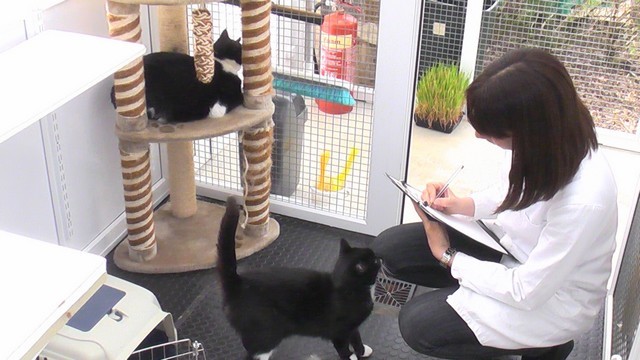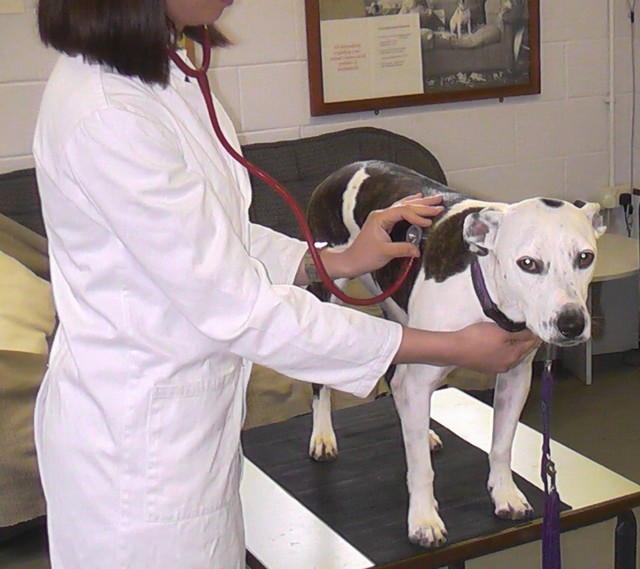7. Measuring Behaviour
What Sections are available in this Chapter ?
Why measure behaviour?
Why should we measure an animal’s behaviour? Behaviour is often measured to gain an understanding of the well-being of animals (Olsson, 2010). Such work is commonly undertaken formally by academic researchers in the fields of biology, psychology and veterinary science and includes assessing the effects on behaviour of different variables such as diet, housing, and environmental enrichment. Practising veterinarians working are more likely to measure the behaviour of individual animals to aid identification of clinical signs leading to diagnosis, to assess the efficacy of a treatment and to gauge recovery, for example, post-surgery. In the animal management profession, such as rescue centres, behaviour measurement often forms part of the assessment of the animal’s general temperament in order to judge what type of home the pet will be most suitable in. Pet owners often assess their animal’s behaviour to aid in understanding a problem, perhaps on recommendation by a veterinarian or behaviourist to aid diagnosis of the cause of a behaviour problem. For example, if a cat is urinating in the house, frequency, duration or urination and other behaviours observed before and after urination would need to be recorded to assist in differentiating why the cat is performing the behaviour (Neilson, 2009). In addition to measuring behaviour for assessment of welfare, it is often carried out to gain a better understanding of the biology of a species. For example, by watching their natural or free-ranging behaviour patterns, behaviours such as predatory behaviour can be observed and further understood. Finally, measuring behaviour is interesting. It gives us insights into why behaviours are happening and when they may happen again, providing us with a way of understanding the animals we share our lives with and further enriching the bond we have with animals.
This resource aims to demonstrate the ways in which one can conduct behavioural observations in a practical and efficient manner and from such observations, generate reliable and valid quantitative (and potentially qualitative) data from which analysis can take place. When we intentionally watch an animal to measure its behaviour, we are more likely to identify structured behaviour patterns which arise, notice in what context they occur and consequently begin to understand why certain behaviours happen. N.B. Timings relating to examples included in the website (e.g. frequencies, durations) are not necessarily true reflections of real life behaviour patterns but have been selected to illustrate points for teaching purposes. |
|

Compiled by:
Dr Sarah Ellis and Dr Helen Zulch

